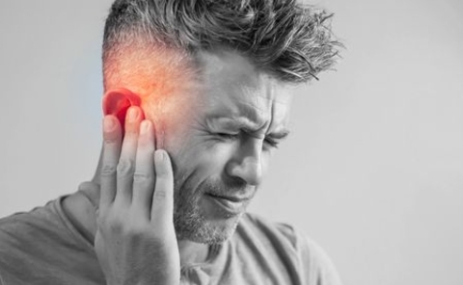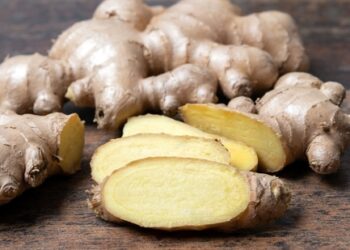What is a Stroke?
A stroke occurs when the blood supply to part of your brain is interrupted, preventing brain tissue from getting oxygen and nutrients. Within minutes, brain cells begin to die. Strokes are typically classified into two main types: ischemic strokes (caused by blocked arteries) and hemorrhagic strokes (caused by leaking or ruptured blood vessels).
Who is at Risk for Stroke?
Several factors increase the likelihood of having a stroke, some of which you can control and others you cannot. Key risk factors include:
- High blood pressure: The most significant risk factor. It damages arteries, making them more susceptible to blockages or rupture.
- Diabetes: People with diabetes have an increased risk due to damage to blood vessels and the heart.
- High cholesterol: Elevated levels can lead to the buildup of plaques in arteries, increasing the risk of stroke.
- Heart disease: Conditions such as atrial fibrillation increase stroke risk by forming blood clots.
- Age and gender: Stroke risk increases with age, especially after 55. Men are generally at higher risk, although women tend to experience more severe outcomes.
- Family history: Genetics also play a role, with a family history of stroke increasing your risk.
Warning Signs of a Stroke
Recognizing the early signs of a stroke can be crucial in preventing permanent damage. The acronym FAST is a simple way to remember the key signs:
- Face drooping: One side of the face may droop or feel numb.
- Arm weakness: Sudden weakness or numbness in one arm, making it difficult to raise both arms.
- Speech difficulty: Slurred or strange speech is a warning sign.
- Time to call 911: If you or someone else shows any of these symptoms, seek immediate medical help.
Other symptoms may include sudden confusion, trouble walking, dizziness, or a severe headache with no known cause.
Causes of Stroke
Understanding the root causes can help you take preventive measures. Some of the primary causes include:
- Atherosclerosis: The buildup of plaques in your arteries narrows them, reducing blood flow to the brain.
- Blood clots: Clots can form due to heart conditions like atrial fibrillation, blocking blood flow to the brain.
- Brain hemorrhage: A burst blood vessel in the brain can lead to bleeding, causing a hemorrhagic stroke.
- High blood pressure: Chronic high blood pressure weakens blood vessels, increasing the likelihood of stroke.
Path to Effective Rehabilitation
Recovery from a stroke varies depending on its severity, but early intervention is critical. The rehabilitation process often involves a combination of therapies, including:
- Physical Therapy: Helps regain mobility and strength, especially for those with muscle weakness or paralysis.
- Occupational Therapy: Assists in relearning daily activities like dressing, eating, and personal care.
- Speech Therapy: Necessary if speech or swallowing was affected by the stroke.
- Mental Health Support: Stroke survivors may experience emotional difficulties like depression, anxiety, or PTSD, and counseling is often an essential part of recovery.
With time, commitment, and professional guidance, many stroke survivors regain significant independence.
Prevention Tips
While some risk factors for stroke, such as age and genetics, are out of your control, you can reduce your risk through lifestyle changes:
- Maintain a healthy diet low in saturated fats and sodium.
- Exercise regularly to improve heart health.
- Monitor and manage high blood pressure, cholesterol, and diabetes.
- Avoid smoking and limit alcohol consumption.
Understanding your risk for stroke, recognizing the warning signs, and knowing the available rehabilitation options can significantly improve outcomes. Early intervention saves lives and can reduce long-term complications. Stay informed, live a healthy lifestyle, and seek medical advice if you’re at risk.








 India
India












